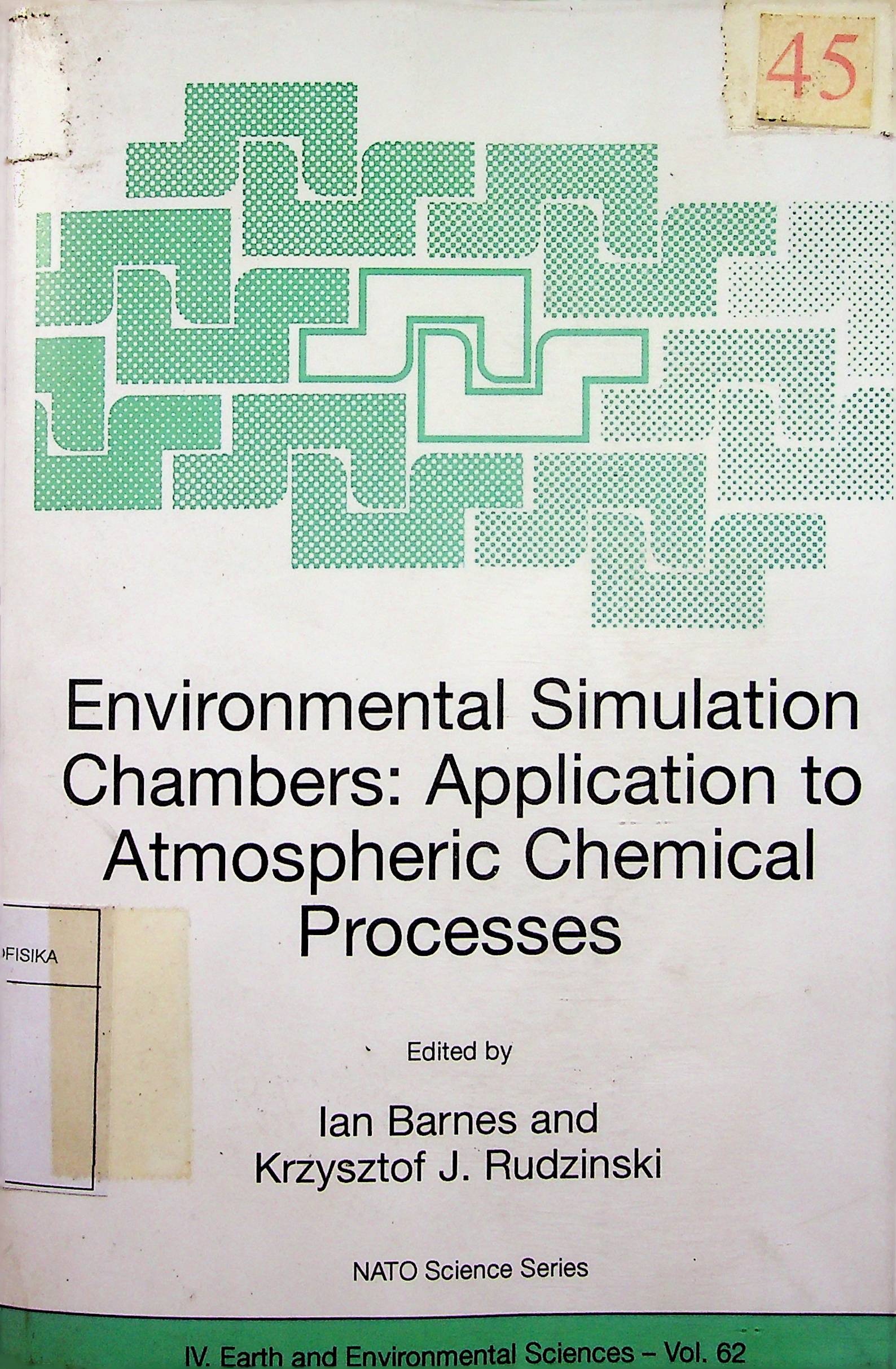Atmospheric pollution has many different detrimental impacts on air quality at urban, regional and global scales. Large volume photoreactors (often referred to as smog or simulation chambers) have been used very effectively to investigate and understand many varied aspects of atmospheric chemistry related to air pollution problems.Photochemical smog formation, which was first observed around 1945 in Los Angeles, is now a major environmental problem for all industrialised and densely populated regions of the world. Over the years many different modelling and experimental tools have been developed to analyse and simulate the complex chemical processes associated with tropspheric photooxidant formation. Work in environmental chambers has played a key role in the development of our understanding of the atmospheric chemistry associated with pollution problems on local, regional and global scales. Chamber observations have also been used in connection with environmental policy issues. In general they are used for validation of atmospheric chemical models, studies of chemical reaction mechanisms and as a direct means to test the possible impact of specific chemical compounds on air quality under simulated ambient conditions New large smog chamber installations have been recently developed in the US (Riverside, California), Europe (Jiilich, Germany) and Japan, and a large number of smaller scale laboratory chambers are in operation around the world. Over the years there have been numerous new technical developments related to environmental chamber facilities such as the design of the chambers (e.g. outdoor versus indoor chambers), the techniques - applied to control the physical and chemical conditions within them and the analytical facilities that are coupled to the chambers. Some chambers are now equipped with technology allowing measurement of highly reactive radicals such as OH HO2 and NO3, that play pivotal roles in atmospheric chemistry.In addition to the technical developments the scientific applications of chambers are being expanded, for example, the current understanding of secondary organic aerosol formation has been developed principally from environmental chamber studies and chambers have been used even more recently to investigate photolysis processes under ’’real” atmospheric conditions. Such new scientific applications are often linked to new technical analytical and other technical developments and environmental chambers offer a perfect platform for testing environmental monitors.The many new scientific applications and technical developments of environmental chambers in the last years created a need for an Advanced Research Workshop where scientists who use chambers(experimentalists, analyticlists as well as modellers) could meet to exchange ideas, experiences and results and document advances in the application of chambers to research. With this background a NATO ARW entitled ‘‘Environmental Simulation Chambers: Application to Atmospheric Chemical Processes” was organised and held in the Antalowka Hotel (www.polskietatry.pl.) in Zakopane, Poland from Friday 1st October to Monday 4th October 2004. The major goal of the workshop was to review i) the various types of photoreactors currently in use and ii) the considerable diversity of environmental problems to which photoreactors have been used to successfully investigate. The aims were timely since in Europe within the EU 6lh Framework programme a project entitled EUROCHAMP was initiated which had the aim of integrating large scale chamber facilities in Europe and also eventually US facilities.
5
Environmental Simulation Chambers: Application to Atmospheric Chemical Processes
Ian Barnes & Krzysztof J. Rudzinski
Penerbit :
Springer
Tahun :
2006
Buku Text
-
No Scan88
-
No Klasifikasi363.739 2
-
ISBN
-
ISSN
-
No Registrasi045A/VIII/2007
-
Lokasi Terbit
-
Jumlah Hal41
-
Label363.739 2 Bar e
-
Versi DigitalTIDAK
-
Versi FisikTIDAK
-
Lokasi Rak Buku Fisik//
-
Jumlah Exemplar Fisik Tersedia-






